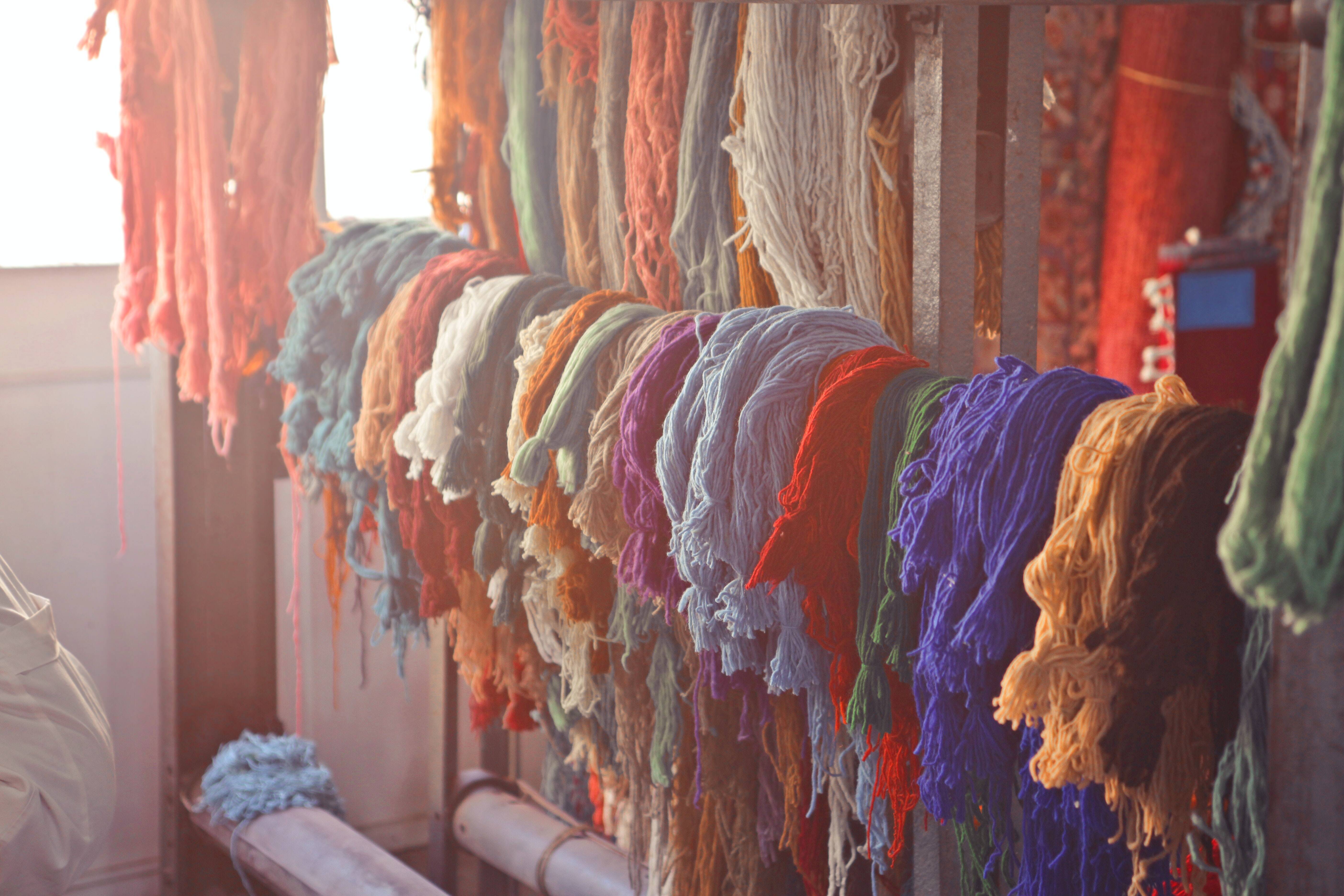Regenerative Systems Can Change the Fashion Industry

Nearly everything used in the fashion world comes in some form from nature. Yet, the fashion industry still has a lot of work to do to promote and practice sustainability.
Sustainable clothing is made from textiles that are created and sold in ways that are better for the planet and promote fair trade practices. As greater attention is drawn to the impact of the fashion industry on the planet, more companies and designers are beginning to place sustainability as a priority, with the hopes of transforming the fashion industry.
Current Lack of Sustainability
Today's global fashion industry is a leading emitter of carbon. Unfortunately, there are significant obstacles to making the fashion industry more carbon-neutral and regenerative. Global fashion is a large and labor-intensive business. It is full of complicated supply chains and complex labor forces.
In the U.S., according to the United States environmental protection agency, textiles are recycled at a low rate of less than 15%. When discarded garments are not donated to charities, much of the clothing ends up in landfills.
Currently, the United States is the leading exporter of used clothing, sending more than 1.5 billion pounds overseas in 2019. Germany was second at just over 1 billion pounds. Much of the clothing ends up in secondhand markets in the Global South, often at a far greater rate than many countries can handle. Until recently, a lot of secondhand clothing was upcycled, but today, clothing often isn't made well enough to support upcycling.
When the clothing can't be upcycled, it ends up in landfills around the globe. Many East African countries have actually tried to limit secondhand clothing imports. Those countries, trying to build their own textile industries, don't want or need the discarded clothing. In 2017, the Office of the US Trade Representative, in response, threatened to expel these countries from the Africa Growth and Opportunity Act trade deal.
Many clothing retailers and manufacturers burn or bury their unsold stock. As for individuals, the average American discards 80 pounds of clothing a year. Thus, both corporately and individually, a garment that wasn't made sustainably is scrapped in an even less sustainable manner.
Other retailers are at least attempting to respond to the problem. One American fashion chain, for example, launched a drop-off program for recycling in its stores, accepting any clothing from any brand. Further, many brands worldwide are committing to and already beginning to achieve sustainable products.
These days, a growing consumer focus on sustainability is beginning to drive change in the fashion industry. Younger people are starting to focus on shopping with retailers and manufacturers engaged in sustainable and regenerative practices. With the fashion and textile industry producing some 10% of global greenhouse gases, it is time for a change.
A Drapers' survey from the summer of 2021 showed that 75% of consumers think about sustainability when shopping for clothing. Furthermore, nearly 20% say that at least half of their purchases in the last year were sustainable.
Regenerative Principles
A regenerative economy tries to be environmentally balanced. It wants to meet the needs of small, medium, and large organizations. Sustainability addresses and rejects the linear "take, make, waste" business model, which has long driven Western economies. Regenerative ideas, in contrast, champion a healthy economy that depends on the circulation of money, resources, and goods and services to make more efficient use and reuse of natural resources.
Rather than simply focusing on mere profits, regenerative businesses rate environmental and social goals as high as economic ones. They work to bring their businesses into a healthy relationship with the needs of our planet. Supply chains, labor and human capital, and efficient use and reuse of resources are all essential parts of a regenerative business.
Regenerative wealth doesn't just include money. Wealth also takes its human capital into account. These businesses try to keep their employees healthy and happy. Sustainability permits positive and diverse interactions to take place and creates value by enhancing the space employees share. Employee wellbeing, fostered by training and encouragement, is an important element of a regenerative business.
In sum, regenerative businesses use their wealth in all its forms in new and revolutionary ways to create a more sustainable world.
How Regenerative Principles Can Be Applied to Fashion
How can you help make fashion a more regenerative business? First, clothing should be produced more responsibly. Using sustainable farming techniques for cotton and other natural fibers can also revitalize farmland.
Animal products, such as animal-based fibers like wool, used to make clothing can be raised in more humane and sustainable ways. In this way, the harvested products fit more comfortably into the regenerative model.
While not as easy to identify as organic products, regenerative products are beginning to be identified in the marketplace. This new information allows consumers to choose better products for the planet more easily.
Similarly, recycling clothing and fabrics contribute to a more circular fashion industry. Both individuals and designers are starting to use recycled products in their fashion designs.
How You Can Participate in Regenerating Fashion
We can all help improve the fashion industry. Consider joining your local Net Impact chapter. There you can learn to be a leader in helping to create a more sustainable, inclusive, and just society. As a chapter member, you will also have the opportunity to participate in our upcoming program, Wear It Wise, which allows Net Impact chapter members the chance to focus on making the fashion industry more sustainable. In these ways, you can help to make changes for the future.




